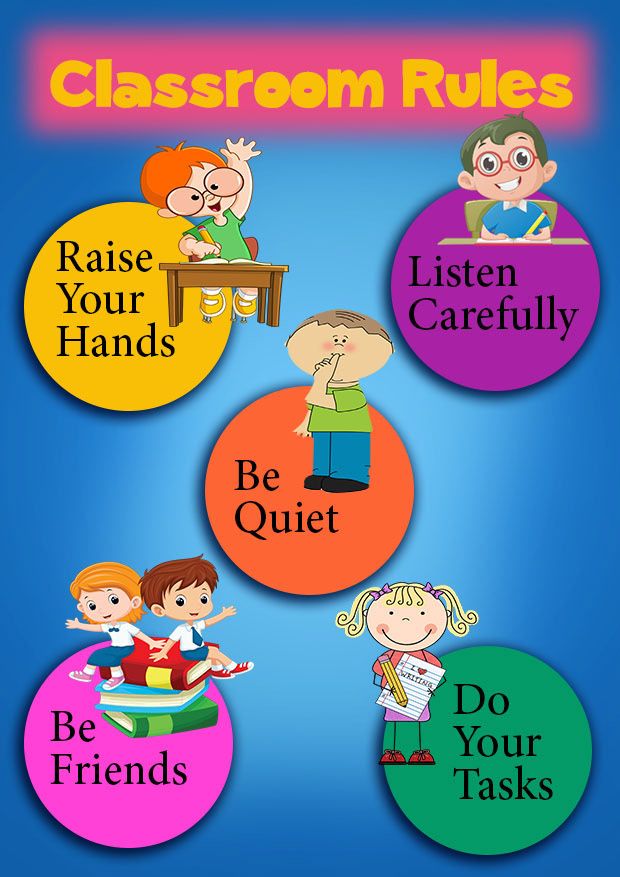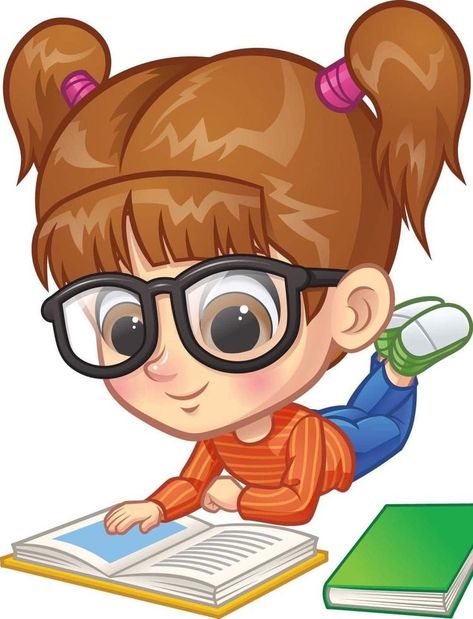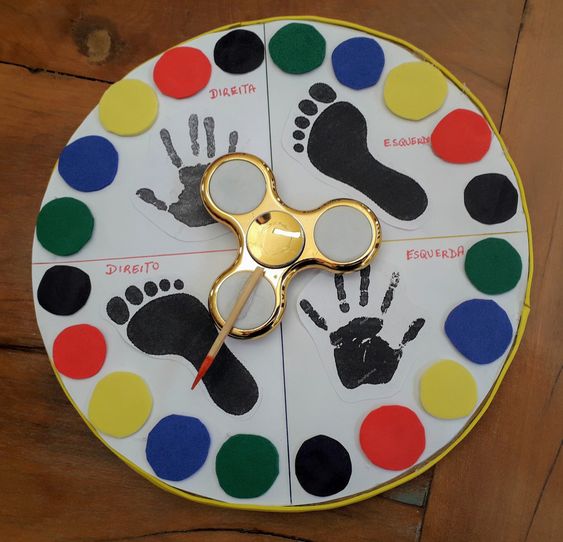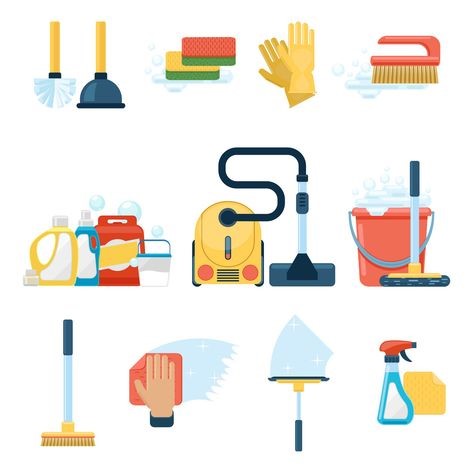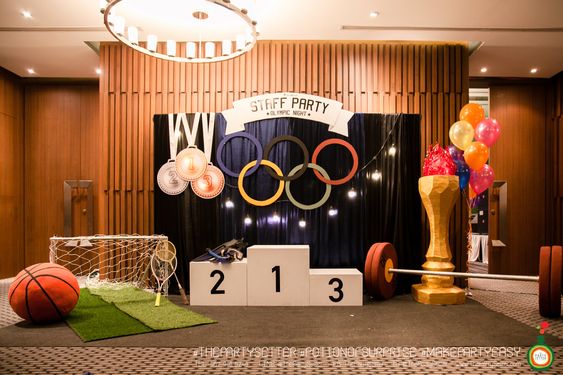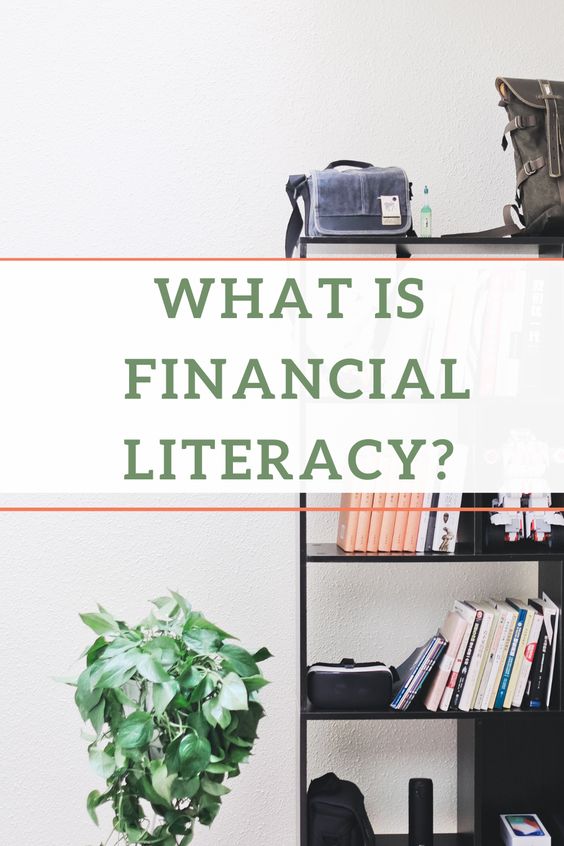Introduction:
Every child, regardless of their circumstances, deserves a clean slate to begin their lives. As they grow and evolve, they must have the opportunity to learn from their mistakes, cultivate strong moral values, and become responsible citizens. In this article, we will explore why giving a child a clean slate is crucial for their personal development and overall well-being.
1) The Power of Forgiveness
Forgiveness plays a vital role in offering a child a clean slate. Children need to understand that they will not be condemned or judged based on their actions forever. By granting them forgiveness, we encourage them to view life as an ongoing journey where making mistakes can lead to growth and self-improvement.
2) Developing Resilience
Children who are given the chance to start anew after making mistakes build resilience. They learn to overcome the challenges life throws at them and bounce back from setbacks more effectively. This fosters mental toughness, grit, and the ability to handle adversity in various aspects of life.
3) Reinforcing Accountability
By allowing children the opportunity for a clean slate, we reinforce accountability in their actions. They understand that they not only have the ability to make things right again but also have a responsibility toward themselves and others around them.
4) Encouraging Personal Growth
When offered the chance at redemption, children feel empowered to acknowledge their shortcomings and rectify them constructively. This encourages personal growth and self-awareness – two qualities essential for healthy human development.
5) Cultivating Compassion
Being awarded a clean slate helps children learn the value of compassion toward themselves and others. As they experience empathy from caregivers when given second chances, they are more likely to extend it towards people in similar situations.
6) Boosting Self-Esteem
Repeated negative feedback or punishment without an opportunity for redemption can harm a child’s self-esteem. Contrarily, providing a clean slate aids in boosting their belief in their abilities and reinforces the notion that they are deserving of love and care, regardless of their past actions or choices.
7) Building Trust
Trust is the foundation of any healthy relationship, and it starts at a young age. When children are given the opportunity to make amends and start fresh, they are more willing to trust their support system and confide in them when facing further challenges.
Conclusion:
Every child deserves a clean slate to ensure they have the best chance at success and can grow into responsible, compassionate, and well-adjusted adults. By providing empathy, encouragement, and opportunities to learn from mistakes without being burdened by them forever, we empower these young individuals to make a difference in the world.
So let’s embrace the idea of giving kids a clean slate – instilling hope, promoting personal growth, and creating an environment that allows everyone to learn from their mistakes and thrive.




